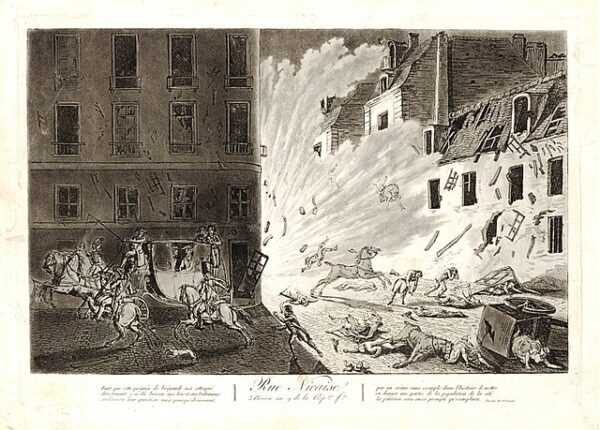The Battle of Stoke Field, fought on June 16, 1487, ended one of the longest, most important wars in English history, the Wars of the Roses, a protracted series of civil wars that engulfed the country for over three decades.
The seeds of the Battle of Stoke Field were sown in the aftermath of the Battle of Bosworth Field in 1485, where Henry Tudor emerged victorious over Richard III, effectively ending the reign of the Yorkist kings and establishing himself as Henry VII. Despite this decisive victory, Henry VII’s claim to the throne was not uncontested. Various Yorkist factions remained, unwilling to accept the new Tudor regime.
One of the most significant threats to Henry VII’s rule came in the form of Lambert Simnel, a young boy who was used as a pawn by Yorkist conspirators. Simnel was paraded as Edward, Earl of Warwick, the legitimate son of George, Duke of Clarence, and thus a strong Yorkist claimant to the throne. In reality, the real Edward was imprisoned in the Tower of London, but Simnel’s backers, including the influential John de la Pole, Earl of Lincoln, sought to use him to rally Yorkist support.
The rebellion quickly gained traction. Margaret of Burgundy, sister to the late Richard III and a staunch Yorkist, provided significant financial and military support. With a force composed of mercenaries and loyal Yorkist supporters, the rebels landed in Ireland, a traditional Yorkist stronghold, where Simnel was crowned as “King Edward VI” in Dublin.
Emboldened by their support, the rebel army crossed into England and marched towards the heartland of Yorkist sympathies. Henry VII, well aware of the threat posed by this new uprising, mobilized his forces to intercept the rebels. The two armies met near the village of East Stoke in Nottinghamshire.
The battle began early on the morning of June 16, 1487. Henry VII’s forces, numbering around 15,000 men, were commanded by experienced leaders such as John de Vere, Earl of Oxford, and Sir Gilbert Talbot. The rebel forces, though smaller in number, were bolstered by their seasoned German and Swiss mercenaries.
The fighting was fierce and brutal. The rebels, initially holding strong, were gradually overwhelmed by the superior numbers and strategic prowess of the royal army. The Earl of Lincoln, a central figure in the Yorkist rebellion, was killed during the battle, as were many of the key rebel leaders. Lambert Simnel was captured but spared by Henry VII, who, recognizing the boy as a mere pawn, put him to work in the royal kitchens instead of executing him.
The Battle of Stoke Field was a significant turning point. It effectively crushed the Yorkist resistance and ended the Wars of the Roses. Henry VII’s victory at Stoke Field secured his reign and allowed him to consolidate power, paving the way for a more stable and unified England under the Tudor dynasty.
The aftermath of the battle saw Henry VII take measures to prevent further insurrections. He solidified alliances through strategic marriages, such as his own marriage to Elizabeth of York, which united the warring houses of Lancaster and York. Additionally, Henry worked to diminish the power of the nobility, instituting policies that reduced the likelihood of future rebellions.
The Battle of Stoke Field served as the crucial final chapter of the Wars of the Roses, marking the end of a period of intense dynastic struggle and the beginning of the Tudor era. The victory at Stoke Field ensured the stability of Henry VII’s reign and the establishment of a new dynasty that would rule England for over a century.






